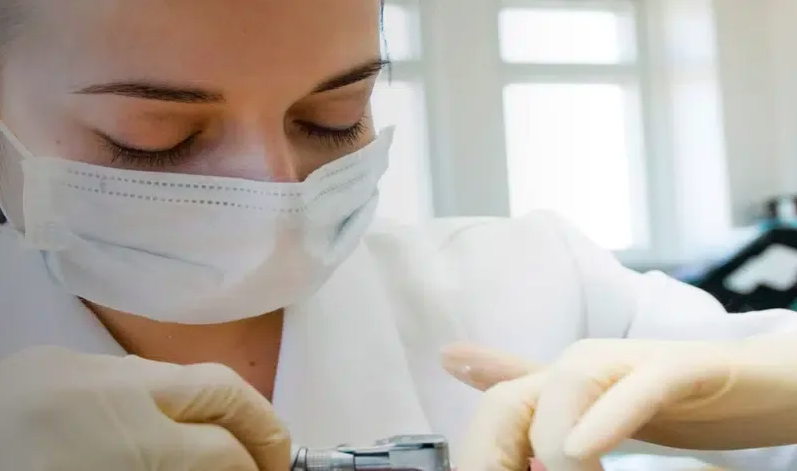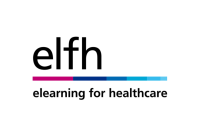Professionalism & Management | Communication | Team working and patient safety



Team Working and Patient Safety
Session overview
Description
This session will demonstrate how effective teamwork is a determining factor in patient safety, and will enable you to ensure that any team you work with is effective and therefore able to provide safer care for the patient.
UKFP Curriculum 2021
This e-Learning session covers some of the behaviours in:
- FPC 4: Communication and Care: Provide clear explanations to patients/carers, agree a plan and deliver health care advice and treatment where appropriate
- FPC 5: Continuity of Care: Contribute to safe ongoing care both in and out of hours
- FPC 6: Sharing the Vision: Work confidently within and, where appropriate, guide the multiprofessional team to deliver a consistently high standard of patient care based on sound ethical principles
Learning objectives
By the end of this session you will be able to:
- Define what is and is not a team
- List what makes a multi-disciplinary team effective
- Describe research evidence of how these factors contribute to patient safety
- Use a checklist with any team as a basis to discuss its effectiveness
- Create a plan, in conjunction with the team concerned, to build on the team's strengths and improve its effectiveness
Patient safety depends on people working well together. Every patient is cared for by teams of people and in teams there is plenty of scope for care to fall down.
When teams work well, they are more effective and can provide better patient care. It is important for teams to recognise when they are working well together and when they are not, in order to know how to improve and provide a good standard of care for their patients.
Misunderstandings, lack of clarity about who is responsible for what, assumptions about how much people know, are all potential areas for mistakes to be made and patients to be put at risk.
- Medical and Pharmacology | Human diseases and medi...
- Posted By eIntegrity Healthcare e-Learning
- Posted Date: 2024-11-06
- Location:Online
- This session will describe rheumatoid arthritis (RA), systemic lupus erythaematosus (SLE) and Sjögren’s syndrome. It will also identify the medications used for each condition and consider the impact of each condition on dental care.
- Medical and Pharmacology | Human diseases and medi...
- Posted By eIntegrity Healthcare e-Learning
- Posted Date: 2024-11-06
- Location:Online
- This session provides an overview of some of the clinically important respiratory challenges you may come across as a dental practitioner.
- Medical and Pharmacology | Human diseases and medi...
- Posted By eIntegrity Healthcare e-Learning
- Posted Date: 2024-11-06
- Location:Online
- This session describes the signs and symptoms that may manifest in patients diagnosed with common renal problems and the relevance of common renal disorders to the delivery of dental care.
- Medical and Pharmacology | Human diseases and medi...
- Posted By eIntegrity Healthcare e-Learning
- Posted Date: 2024-11-06
- Location:Online
- This session will look at the relevance of common neurological disorders to the delivery of dental care by the dental practitioner.
- Medical and Pharmacology | Human diseases and medi...
- Posted By eIntegrity Healthcare e-Learning
- Posted Date: 2024-11-06
- Location:Online
- This session will look at the signs and symptoms of neurological disorders and how the dental practitioner may recognise them.

